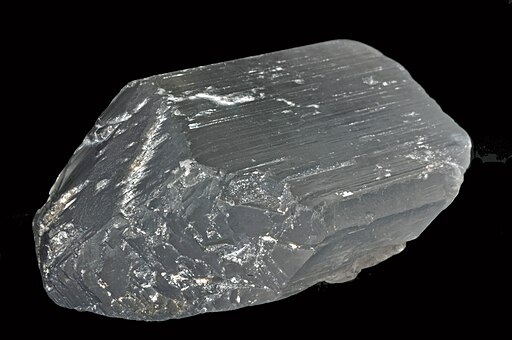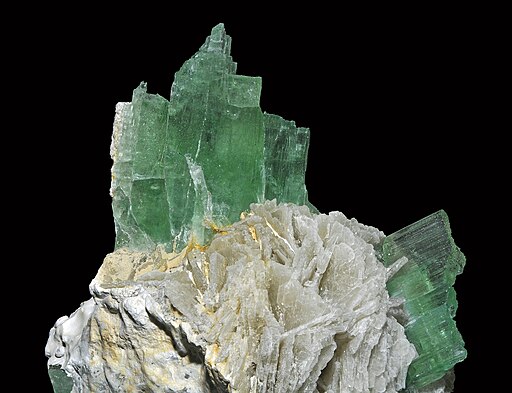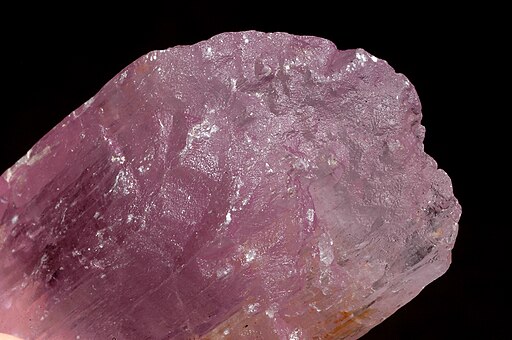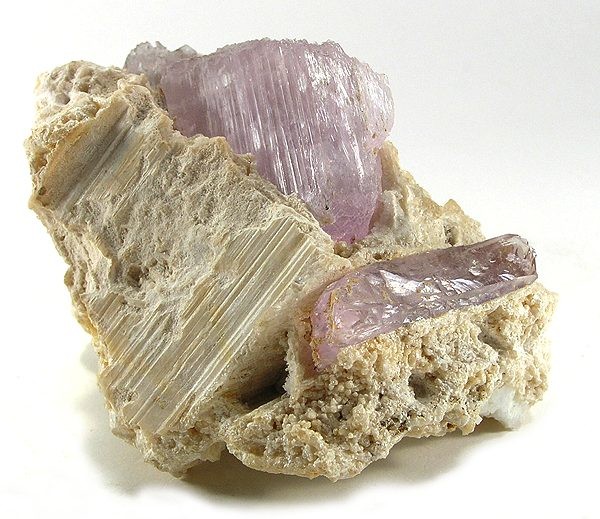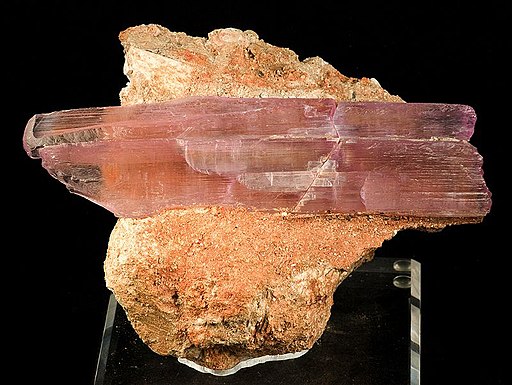Spodumene
Spodumene is an ore of Lithium which was important throughout most of the 20th century, but its use has been superseded by other sources of Lithium.
High grade, clearer pieces are used as a gemstone, with a few distinct varieties – pink and purple Kunzite, green Hiddenite, and yellow Triphane. Kunzite and Hiddenite are the two most popular.
Showing all 3 results
-
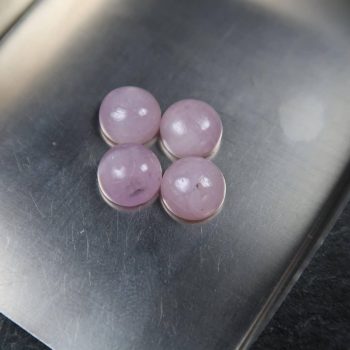
Kunzite Cabochons
£5.00 -
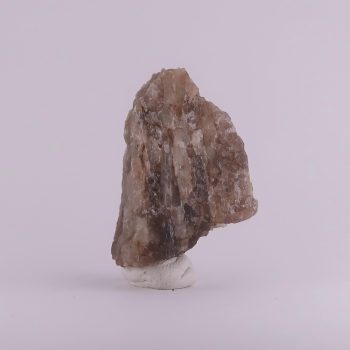
Spodumene from Lovozero Massif, Russia
£10.00 -
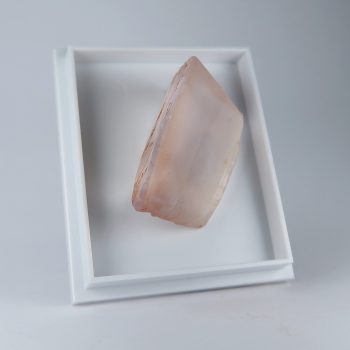
Spodumene var Kunzite Specimens / Rough
£5.00
Appearance, Uses and History
Spodumene is used as an ore of Lithium, although in modern times has been replaced with other, more effective sources of Lithium. It is sometimes still used when the demand for Lithium becomes too high.
Given the current reliance on Lithium batteries, it is likely the demand for Spodumene will rise – electric cars, mobile phones, tablets – they all have Lithium based batteries and research into new technology will use huge amounts of various metals.
Lithium is also used in ceramics, medicines, and as a flux.
One of its uses is for gemstone jewellery making. However, Spodumene has perfect cleavage, which makes it less than ideal for jewellery – they cannot take much damage and may break easily.
Spodumene can form extremely large crystals; they can be 3-4 feet wide and 30 feet long, or even larger!
Locales
Spodumene is found in a few different locations, including Afghanistan, Brazil, Madagascar, Mozambique, Pakistan, and the USA.
Mineralogy
Varieties include:
- Hiddenite: a pale to emerald green variety, used as a gemstone.
- Kunzite: a light purple variety, used as a gemstone.
- Triphane: a yellow variety, sometimes used as a gemstone, but less often than Hiddenite/Kunzite.
Photos of Spodumene
Photos of Hiddenite
Photos of Kunzite
Hazards and Warnings
Almost all rocks, minerals (and, frankly, almost all other substances on earth) can produce toxic dust when cutting, which can cause serious respiratory conditions including silicosis.
When cutting or polishing rocks, minerals, shells, etc, all work should be done wet to minimise the dust, and a suitable respirator or extraction system should be used.
Translations
Arabic:
- سبودومين
- كونزيت
Hindi:
Portuguese:
- espodumeno
Bengali:
Indonesian:
Punjabi:
English:
- spodumene
- kunzite
- hiddenite
- triphane
Italian:
Russian:
- сподуменовая
French:
- spodumène
Japanese:
- スポジュメン
- クンツァイト
Spanish:
- kunzita
German:
- Spodumen
- Kunzit
Korean:
- 스포 듀민
- 쿤 자이 트
Thai:
- ต่างๆเช่นสปอดูมีน
Gujurati:
- કુંઝાઇટ
Mandarin and Traditional Chinese:
- 锂辉石
- 鋰輝石
Urdu:
- کنزائٹ







